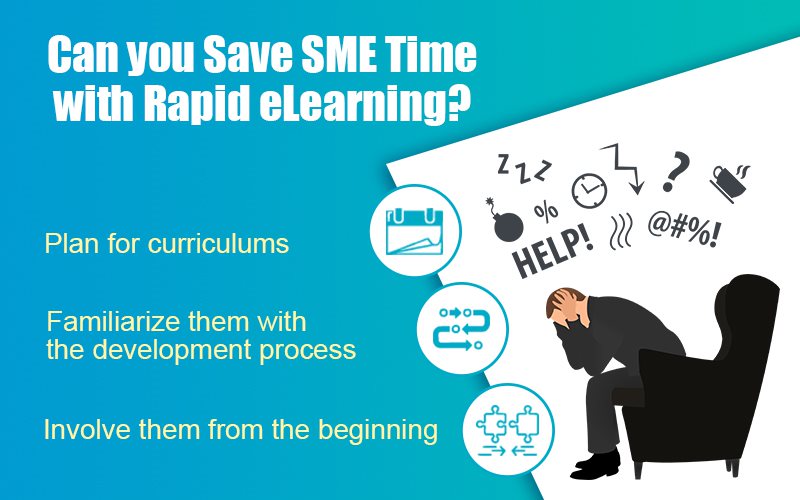Happy Employees, Happy Bottom Line—Driving ROI with eLearning [Infographic]
![Happy Employees, Happy Bottom Line—Driving ROI with eLearning [Infographic] Happy Employees, Happy Bottom Line—Driving ROI with eLearning [Infographic]](https://blog.commlabindia.com/hubfs/blogs/elearning-solutions-roi-maximizing-inf.jpg)
ELearning is a powerful tool to train employees efficiently and cost-effectively. But let's be honest, creating and implementing any training program requires investment. The good news is, with some smart strategies, you can maximize eLearning ROI. This basically means getting the most bang for your buck!
What is eLearning ROI?
eLearning ROI represents the evaluation of the benefits obtained by an organization from its eLearning investments relative to the associated expenses. This assessment encompasses more than just financial savings, extending to enhancements in performance, efficiency, and overall business achievements.
How To Determine eLearning ROI?
Assessing eLearning ROI involves determining whether the outcomes justify the financial investment. Creating and implementing online training, including corporate eLearning initiatives of varying scales, constitutes a significant financial commitment. However, regardless of the criteria used to define success, the value of online training initiatives is only realized if they contribute positively to the bottom line.
Here are key points for evaluating eLearning ROI:
1. Cost Evaluation
Gauge the costs of developing and delivering the eLearning program against the returns it generates. This involves calculating expenses related to content creation, technology infrastructure, and maintenance, and comparing them to measurable benefits such as increased sales, reduced training costs, or improved employee retention.
2. Performance Metrics
Assess the impact of eLearning on performance metrics relevant to your organization's goals. This could include improvements in employee productivity, job proficiency, customer satisfaction, or compliance adherence. Tracking performance indicators before and after implementing eLearning helps quantify its effectiveness.
→ Download Now: Rapid eLearning to Maximize ROI [Graphic]
3. Qualitative Feedback
Gather qualitative feedback from learners, instructors, and stakeholders to understand the perceived value of the eLearning program. Qualitative data can provide insights into aspects such as learner engagement levels, knowledge retention, and user satisfaction, which may not be captured by quantitative metrics alone.
4. Alignment with Business Objectives
Evaluate how well the eLearning program aligns with the goals and objectives of the organization. Determine whether it addresses specific skill gaps, supports strategic initiatives, or enhances workforce capabilities in line with business priorities.
5. Long-term Impact
Consider the long-term impact of eLearning investments beyond immediate returns. Assess the potential for scalability, sustainability, and continuous improvement of the training program over time, as well as its contribution to building a learning culture within the organization.
How to Maximize the ROI of eLearning Solutions?
Wrapping Up!
By following these tips, you can design and implement eLearning solutions that keep your team engaged, boost their skills, and ultimately contribute to your company's success. Remember, a well-crafted eLearning program can deliver significant benefits.
Want to Scale Your Training ROI? Download our detailed infographic to learn more about how rapid eLearning solutions can help you achieve just that.




![Rapid eLearning — How Does it Level Up Your Corporate Training [Infographic]](https://no-cache.hubspot.com/cta/default/59327/de52bfb0-a084-44af-bbf0-cd462dcbf6bf.png)


